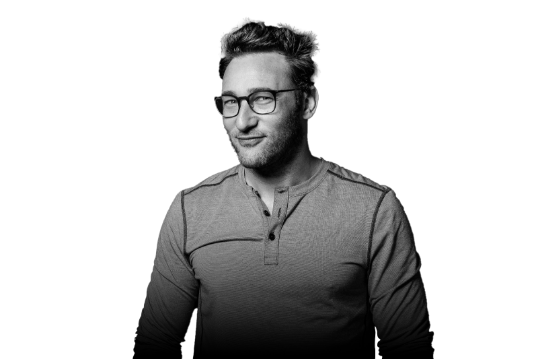CX workshops – brand development at the highest level
Strong brands aren’t created by themselves – they need to be carefully developed and built. That’s why we rely on an integrative principle: this means that we develop results in our workshops together with the people who encounter the issues on a daily basis: With you and your employees! The reason for this is simple: only if those involved feel heard and integrated will they accept the brand process as their own. This creates the necessary acceptance and motivation to actively help shape it and achieve outstanding results together: in the short and long term.
All the methods used in our workshops are based on proven and scientifically sound techniques and playful tools that serve to answer the respective questions in a targeted, easy and yet concrete way. The methods we use depend on the issue at hand.
We use depth psychology approaches that identify value-related characteristics based on associations, for example, or well-known personality models such as C.G. Jung’s archetype model, which identifies the personality of your brand.
But classic methods such as creating mood pictures, comparing strengths and weaknesses or polarity models also help us to answer questions about the individual ‘Why?’. Even beyond the workshop, well-known and tried-and-tested models such as Simon Sinek’s Golden Circle form the basis of our work.
